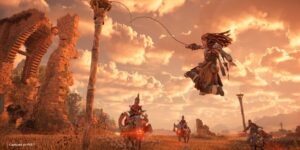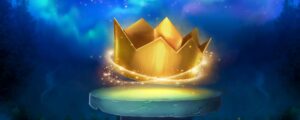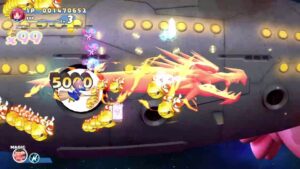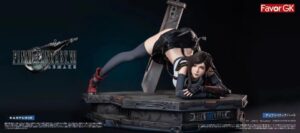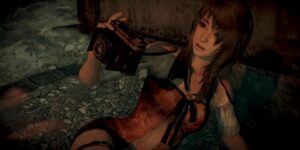Having just destroyed a catapult, Tiny Tina has told the party that we need to get to the other side of a chasm to destroy the last one. It’s a big old gap, and frankly, nobody thinks we can jump that far. Thankfully, Valentine, a formless NPC points this out, and then also points out that it would be cooler if we could catapult ourselves over there. Tina agrees, the catapult puts itself back together, and off you go.
It’s a moment that does a great job of showing off the best parts of the humour in Tiny Tina’s Wonderlands, the D&D-infused Borderlands spinoff. There’s just tonnes of heart in the game and a genuine love of tabletop gaming that is really quite endearing. That along with the feel of the guns, the build variety, and the co-op options, makes for a thoroughly enjoyable looter shooter.
What’s a character sheet?
You take control of a Newbie, who plays alongside Valentine (Andy Samberg) and Wanda Sykes Frette (Wanda Sykes), with Tiny Tina (Ashly Burch) as your DM. Valentine and Frette serve as the two ends of the roleplaying spectrum, with one being rule and battle obsessed, and the other committed to the vibe of the world… and flirting. It makes for some excellent narration throughout, especially as you come across familiar discussions about tabletop RPGs, like the DM having a favourite NPC, or how players should come together as a group while a ‘bardbarian’ serenades you. That’s not a typo. All-hail Torgue!
You get to fully create your character this time around, instead of choosing a pre-made one, and it feels a lot more like an RPG because of it. The character creation options are pretty good overall, but a few more body shapes wouldn’t have been a bad thing, and the same is true of hair options as well. You can choose your pronouns, though, which is always nice.
During the creation, you’ll also get to choose one of the six classes to start the game as. There’s a good mix in here from the rogueish Stabbomancer, to the undead wielding Graveborn and the Clawbringer, who has a hammer and a little wyvern companion. Each of these only has one skill tree, but you can still customise your build within them quite nicely. That’s amplified substantially when you unlock the ability to add a secondary class too.
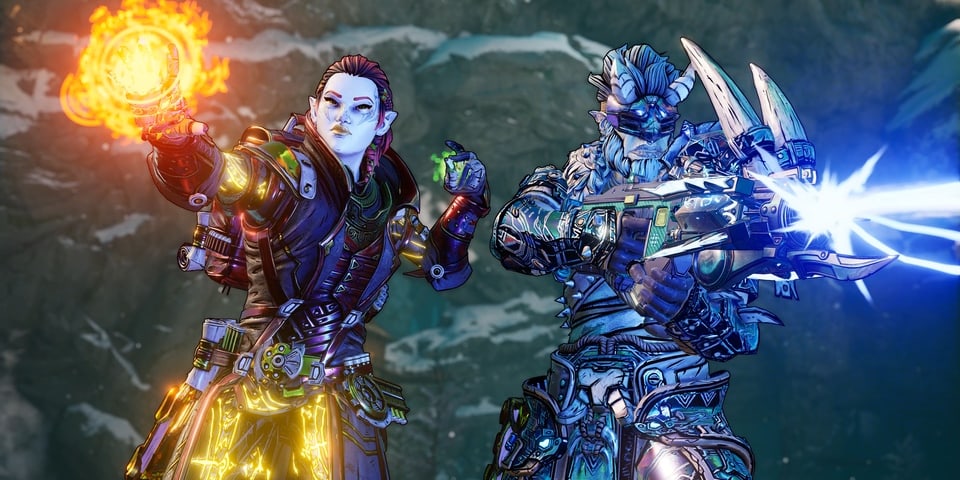
Mushrooms and wyverns all over the place
At this point, you realise that there are a lot of different potential builds in Wonderlands, and you can absolutely live out your min-max dreams. Not only that, but you get character stats to level up too, which affect things like spell cooldowns, critical hit damage, and your health. You can fine-tune a lot here, and while much of the gameplay still comes down to how good your gun is, it’s nice to take half a step away from that if you want to. I, for example, played a Clawbringer Spore Warden who dealt absurd elemental damage while chucking his hammer around like Thor.
The world itself is split between classic levels – often giant cityscapes, creepy woods, or even complex pirate-infested caverns – and the overworld. The former is what you’ll be expecting from a Borderlands game, but the latter is wonderful and you get to see a little chibi version of your character moving around in a more isometric fashion. The map is one that Tina has built herself, which means you’ve got bottlecap bridge shortcuts mixed in with the magical gateways. You’ve also got one section where a crisp comes into play, which I adored.
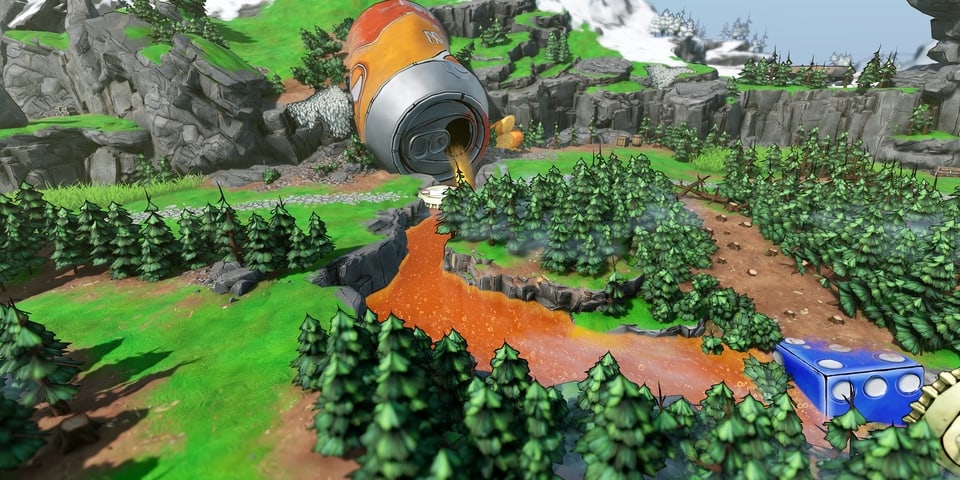
I really enjoyed the gunplay, the abilities, and the character crafting in Wonderlands. I also really enjoyed a lot of the writing. Borderlands 3 lost me early on by having obnoxiously unlikable, well, everyone. Wonderlands has a lot more heart. You still get fart jokes, but they’re peppered in among other, more niche gags. The stream of nods to D&D tropes, having skeletons existentially asking how they can die again, and a few other really good fourth-wall breaks kept me smiling throughout and I played through the game solo, which is objectively the worst way to play these games.
Wondering wonderfully in the Wonderlands
Playing solo is better than ever, largely thanks to the voice acting. Both Andy Samberg and Wanda Sykes play off Ashly Burch’s Tiny Tina brilliantly, and their interactions felt genuine. Plus, the villain is played by Will Arnett, who crushes it consistently. Even the tertiary characters pull off solid performances that feel well-realised amongst the absurdist world of Wonderlands, and it’s largely because Wonderlands is a game about connections.
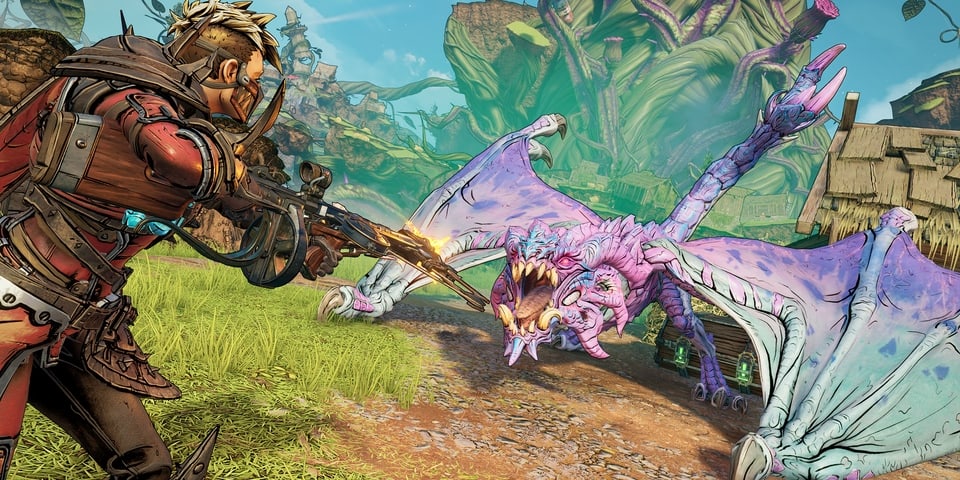
As you near the end of the game, the narrative changes a lot, with revelations coming from a few different characters about what tabletop gaming means to them, either as players or characters. It makes the ending feel impactful, but in a way that also allows the game to keep going into the post-game content. Not only that, but the credits kick off with a note from the devs about how making a game in a pandemic made them feel, and how important connections are. I wasn’t expecting Wonderlands to hit me in the heart, but it did, and I think the game is all the better for it.
- abilities
- About
- across
- All
- among
- around
- Battle
- BEST
- body
- Borderlands
- BRIDGE
- build
- characters
- chasm
- coming
- Connections
- content
- could
- create
- Credits
- CRISP
- critical
- damage
- destroy
- destroyed
- Devs
- DID
- different
- down
- dreams
- Early
- ends
- Fashion
- game
- gameplay
- Games
- Gaming
- gap
- good
- great
- Group
- guns
- Hair
- having
- Health
- here
- How
- HTTPS
- i
- important
- IT
- Job
- jump
- launch
- Level
- levels
- love
- MAKES
- Making
- map
- mixed
- more
- Near
- Niche
- NPC
- official
- Options
- Other
- pandemic
- play
- players
- Plus
- Point
- potential
- RE
- review
- RPGs
- s
- secondary
- SIX
- Spectrum
- split
- start
- stats
- stream
- The
- Through
- Throughout
- time
- together
- trailer
- unlock
- version
- Voice
- Wanda Sykes
- What
- WHO
- within
- world
- writing
- youtube



